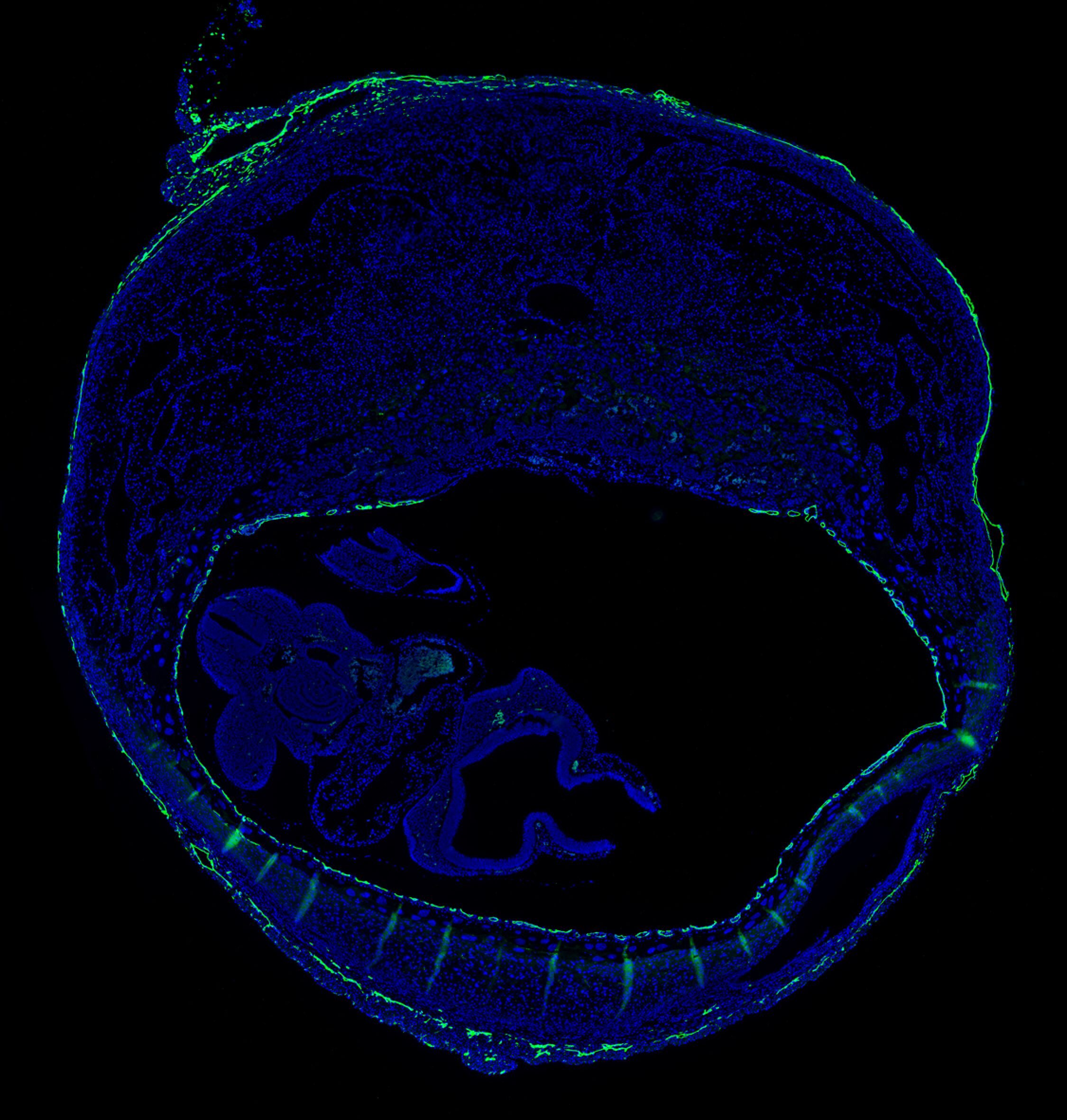
Epigenetic Regulation of Decidual Stromal Cells
We have found that the inability of the decidua to recruit T cells from the blood is associated with activation of an epigenetic program in decidual stromal cells that, through promoter accrual of the repressive histone mark H3K27me3, silences transcription of key T cell-attracting chemokine genes (Cxcl9, Cxcl10, etc.) (Nancy et al., Science, 2012). The program, however, affects ~800 genes in total, i.e. not only ones that control T cell trafficking (Nancy et al., J. Clin. Invest., 2018). We are thus studying the broad impact of this program on pregnancy success, in particular its potential role in maintaining the uterus in a non-contractile, quiescent state until term gestation has been reached. One provocative feature of this program is that it prevents the decidua from mounting contractile wound-healing response that otherwise would be expected to threaten pregnancy success.
Chemokine gene silencing in decidual stromal cells. H3K27me3 ChIP-Seq was performed on decidual stromal cells (DSCs) and companion myometrial stromal cells (MSCs). With the exception of Ccl5, all genes encoding chemokines that attract activated Th1 cells and CTLs accumulate H3K27me3 in DSCs, leading to their transcriptional silencing. From Nancy et al., J. Clin. Invest. (2018).
The decidua does not generate myofibroblasts when wounded. When the luminal epithelium of the undecidualized endometrium is scratched (left), the subepithelial stroma accumulates α-SMA+ myofibroblasts after 48 h, as is typical for a wound-healing response (arrowheads; the arrow indicates RBCs in the uterine lumen at the wound site). In contrast, impaling the decidua with a needle does not generate α-SMA+ myofibroblasts at the wound site, despite the presence of extravasated RBCs (green autofluorescence). GFP-expressing lentiviruses were injected while impaling the decidua, so that wound sites could be identified by the presence of GFP+ decidual stromal cells (red). We have linked the inhibition of wound-healing responses in the decidua to H3K27me3-mediated gene silencing in decidual stromal cells. This pathway might represent an evolutionary adaptation to prevent the endometrium from reacting to embryo implantation and placental development as if they were wounds that needed to be healed. From Nancy et al., J. Clin. Invest. (2018).


